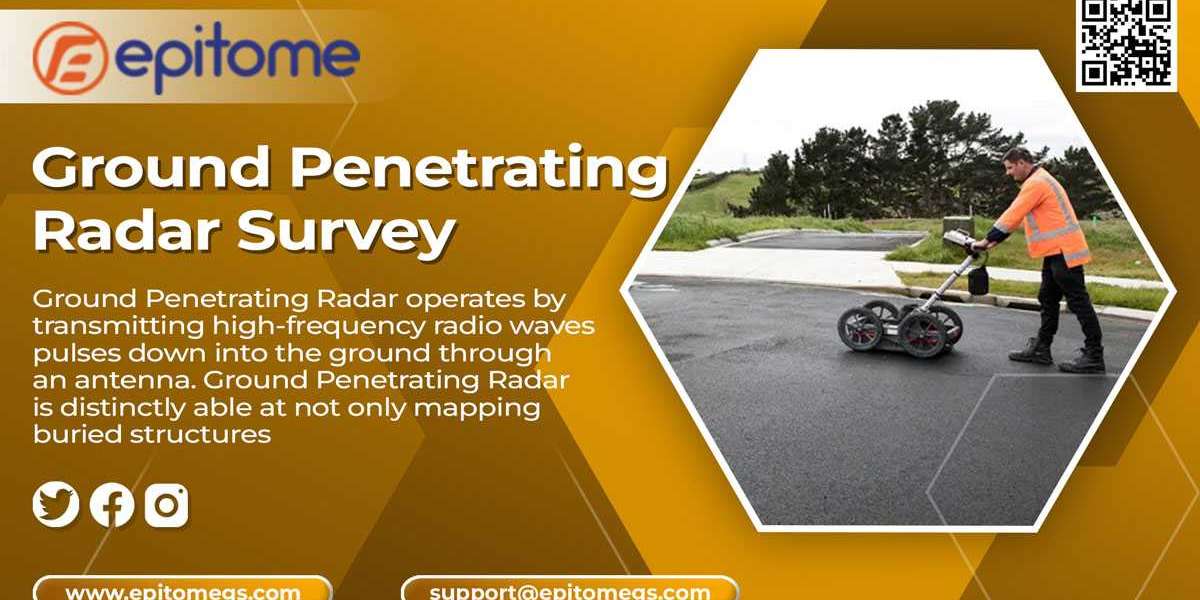Ground Penetrating Radar operates by transmitting high-frequency radio wave pulses down into the ground through an antenna. GPR is distinctly able at not only mapping buried structures but also relatively measuring their depth, and supplying an all-important thorough detail.
The antenna is moved over the surface to be inspected. The transmitter redirects a diverging beam of energy which is reflected in various underground objects or different contacts between different earth materials.
The radargram measured on the vertical scale is in units of the two-way travel time, that’s the time taken by the EM wave to travel down to a reflector and back to the surface. The travel time then is transformed into depth by relating it to on-site measurements or assumptions about the velocity of radar waves in the subsurface material under investigation. Radar wave speeds vary between 60–175 mm/ns for most geological materials.
GPR waves can travel almost 30 meters deep in low-conductivity material, as in the case of dry sand or granite. Clays, shale, and other high-conductivity materials may lessen or absorb GPR signals, leading to the reduction in depth of penetration to 1 meter or less. The GPR antenna can determine the depth of penetration as well.
The selection of antennae is based according to the depth of interest and the size of the target. Penetration depth varies in contrast to the frequency. The higher the central frequency of antenna, the smaller will be the object size to be resolved. Higher antenna frequencies give higher resolution, but less penetration, and vice versa. The lateral and vertical resolution of the results varies from 0.01 to 1.0 meters, as per the choice of antenna frequency.
The use of antennae having a lower frequency in geological mapping is done to obtain the maximum penetration depth while higher frequencies are used in non-destructive testing for high-resolution imaging. Having a range of frequencies available (usually 50MHz–2.5GHz) makes GPR most suitable for identifying objects of different sizes at different depths and under different ground conditions. We are one of the best Ground Penetrating Radar Survey Services, Best Underground Utilities Survey Services, and GPR Survey Services in India.
More info: https://epitomegs.com/our-services/ground-penetrating-radar-survey/


